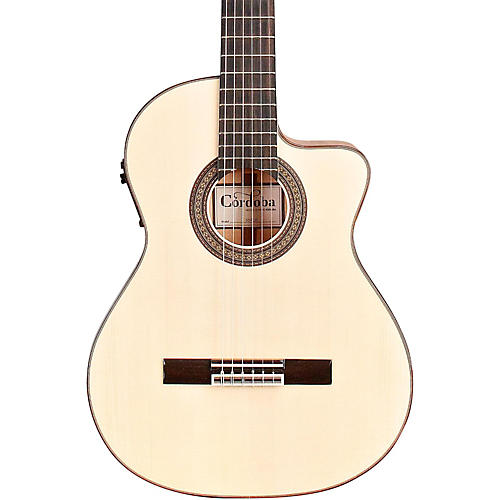

Other styles of Latin music employ the Spanish guitar. Due to the pitches generated, it serves as the bass within a traditional mariachi ensemble. As another difference, this instrument is fretless and requires players to double notes by the octave. The guitarrón mexicano, meanwhile, has its roots in the 16th century and, while visually similar to the modern-day acoustic guitar, was developed as a separate instrument closely related to the bajo de uña. At the heart of the sound is the vihuela, a five-string, lute-like instrument dating back to the Spanish Renaissance.

Mariachi music itself emerged in the 18th century, bringing together Spanish and indigenous elements. Rather, both classic and modern-day mariachi music use two types of stringed guitar-like instruments: the vihuela, the precursor to the acoustic guitar, and the guitarrón mexicano, a larger, hollow-body stringed instrument designed to hit the bass notes but different from acoustic bass guitars.

To begin, no single mariachi guitar exists. These qualities arise from two sources: the instrument's design and the techniques used for playing these particular styles. When you listen to certain styles of Latin music, be it flamenco or mariachi, you might hear a guitar with a slightly different tonality from the acoustic models you're used to.


 0 kommentar(er)
0 kommentar(er)
